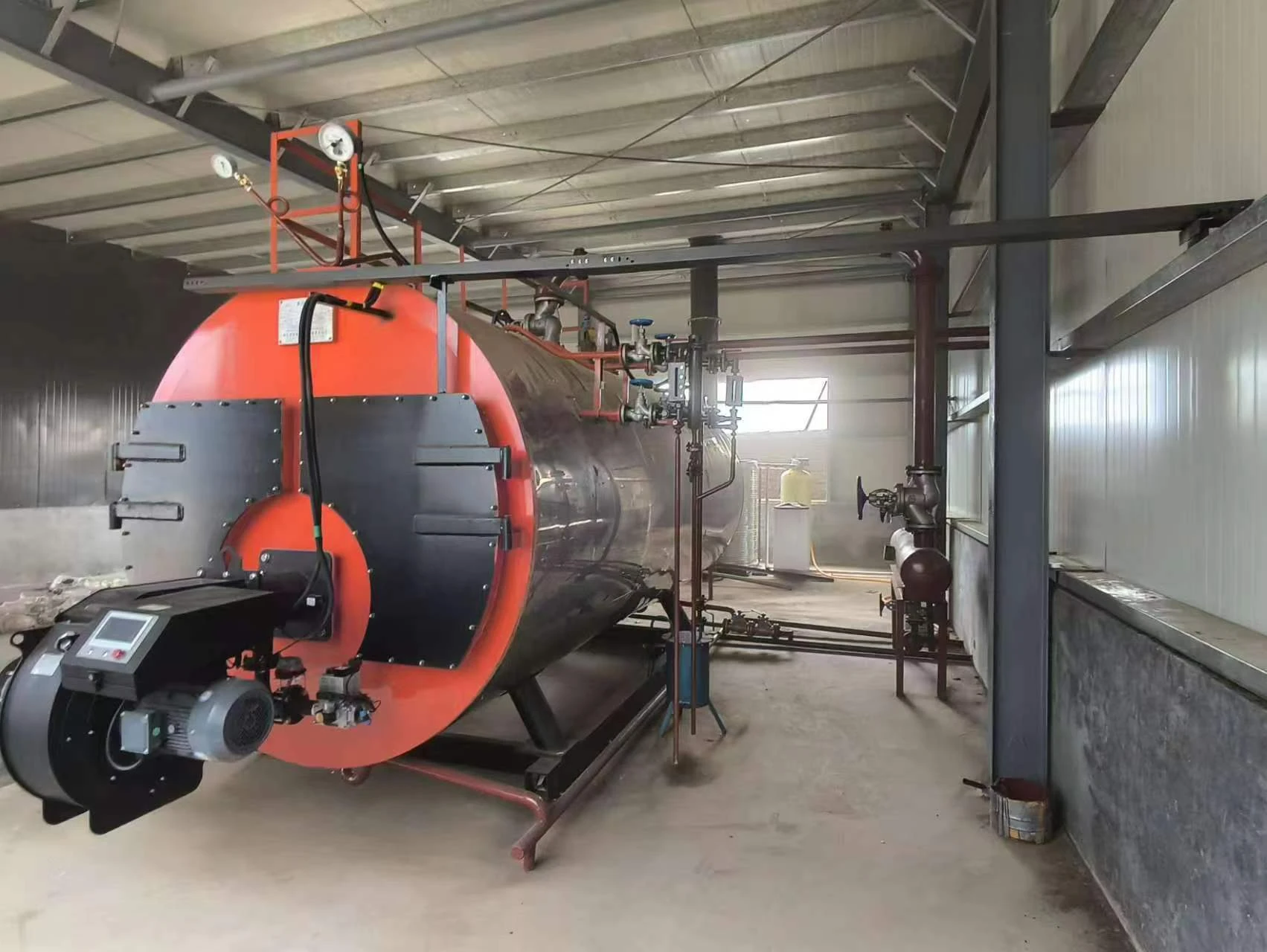
Nov . 27, 2024 16:20 Back to list
Understanding the Definition and Functionality of Steam Boilers in Industrial Applications
Understanding the Definition and Functionality of Steam Boilers
Steam boilers are integral components in industrial and commercial settings, serving a variety of purposes, from heating large buildings to providing steam for power generation and manufacturing processes. To fully appreciate their role, it's essential to explore what a steam boiler is, its types, and how it operates.
At its core, a steam boiler is a closed vessel designed to convert water into steam by using heat. This heat can be generated through various means, such as burning fuels, utilizing electricity, or leveraging waste heat from other processes. The steam produced then travels through pipes to different locations where it can be used for heating, powering turbines, or driving various applications.
One of the key advantages of steam boilers is their efficiency in transferring heat. Unlike other heating systems that may rely on air to carry heat, steam has a higher energy density, meaning it can transport more energy over the same distance. This makes steam boilers particularly useful in large-scale operations, such as power plants and factories.
Types of Steam Boilers
There are several types of steam boilers, classified based on their design and operational characteristics. The two primary categories are fire-tube and water-tube boilers.
1. Fire-Tube Boilers In these boilers, hot gases produced from the combustion of fuel pass through tubes that are surrounded by water. The heat from the gases transfers to the water, turning it into steam. Fire-tube boilers are typically simpler in design and are widely used in smaller applications. They are known for their ease of operation and maintenance.
steam boiler definition

2. Water-Tube Boilers Conversely, water-tube boilers feature tubes filled with water that are heated from the outside by combustion gases. This design allows for a higher pressure of steam production and faster heat transfer, making water-tube boilers suitable for large-scale and high-capacity applications, such as in power plants.
In addition to these, there are also specialty steam boilers designed for specific industries, including waste heat recovery boilers and electric steam boilers.
Key Components and Operation
A steam boiler typically consists of several critical components, including the burner, combustion chamber, steam drum, and heat exchangers. The burner introduces the fuel into the combustion chamber, where it ignites and generates heat. This heat then transfers to the water in the boiler, causing it to evaporate and become steam.
The produced steam rises to the steam drum, where it can be collected and subsequently transported through pipes. Additionally, safety devices such as pressure relief valves and water level controls are essential to ensure the system operates within safe parameters.
Conclusion
Understanding the definition and operation of steam boilers reveals their importance in modern industrial applications. Their ability to efficiently convert water into steam under controlled conditions makes them indispensable for heating, power generation, and various manufacturing processes. As industries continue to innovate and seek more sustainable energy solutions, advancements in steam boiler technology will likely play a pivotal role in meeting energy demands while minimizing environmental impact.
-
Efficient Biomass Fired Hot Water Boiler | AI Heating Solution
NewsAug.01,2025
-
High-Efficiency Gas Thermal Oil Boilers | HPT Models
NewsJul.31,2025
-
Oil Fired Hot Water Boilers Sale - High Efficiency & Affordable
NewsJul.31,2025
-
High-Efficiency Commercial Oil Fired Steam Boiler for Industry
NewsJul.30,2025
-
High-Efficiency Biomass Fired Thermal Oil Boiler Solutions
NewsJul.30,2025
-
High Efficiency Gas Fired Thermal Oil Boiler for Industrial Heating
NewsJul.29,2025
Related PRODUCTS






















